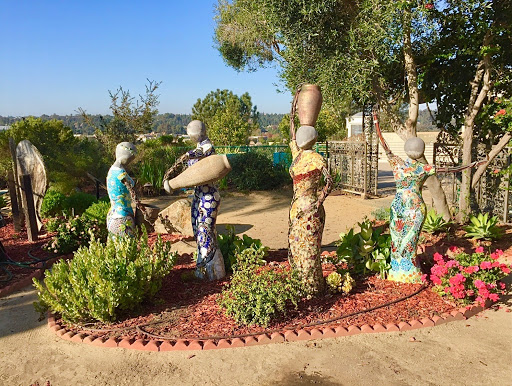SDJA Students open up about their “quaran-cation”
By Ariela Cohen (‘21)
Along with the rapid spread of COVID-19 comes the need for adaptation. Just like a student vexed by their math test, the world has had to find solutions to a problem that is hard to understand. As part of SDJA’s response to this pandemic, before the campus closed in mid-March, multiple classes were used to help teachers and students become familiar with Zoom. “At first…we kind of took it as a joke,” Fania Pupko (‘21) comments. “But, as the situation began to get more severe and virtual learning turned into our reality, all of us, students and teachers, are making huge efforts to make it work.”
On March 12, the last day that classes took place on campus, various students showed their excitement for shifting to virtual learning by screaming with joy and jumping up and down with their classmates. However, their perspective on the situation did not take too long to shift, either. Daniella Surpin (‘21) states, “It feels like I have been getting a lot more homework from my teachers. But, I wonder if this has any connection to classes being online?”
Samantha Veinbergs (‘21) adds, “As days passed this ‘quaran-cation’ was not as fun as I thought it would be, it actually kept getting more and more serious and dangerous.”

Coach Nicole Trotta conducts her Anatomy and Physiology class online as her students pay close attention. (Photo by Ariela Cohen (‘21))
Students had, perhaps, blindsided themselves since the very beginning by only focusing on the fact that campus was about to close. As Dean Sandler (‘21) comments, “It’s very stressful how my weekly routine changed so fast. I had to adjust myself and get used to many new shifts in [just a few] days.”
Teachers, on the other hand, had a different outlook on the next few months. Coach Nicole Trotta, who teaches Anatomy and Physiology in the Maimonides Upper School, approached the situation with a very open mind. She mentions a proverb that helped her at the beginning and throughout this journey: “Expect nothing. Gain everything.” Coach Trotta has been excited to take on a new experience and challenge. However, one of the challenges she has had to face is the physical barrier between her students and herself: the computer. “It’s very hard giving a lesson and not being able to read my students.” she explains. “When we were on campus, I was able to sense the energy of the room or a particular student, gauging whether they understand the information, if they are engaged or if something is wrong.” Trotta adds, “I miss seeing my students!”
Although this pandemic has been extremely challenging to cope with, it has definitely allowed everyone to learn and grow. At first, students felt very overwhelmed with all the changes, but lately they have been better able to manage their work to finish the semester in a positive way just in time for what is sure to be an unpredictable summer.

















